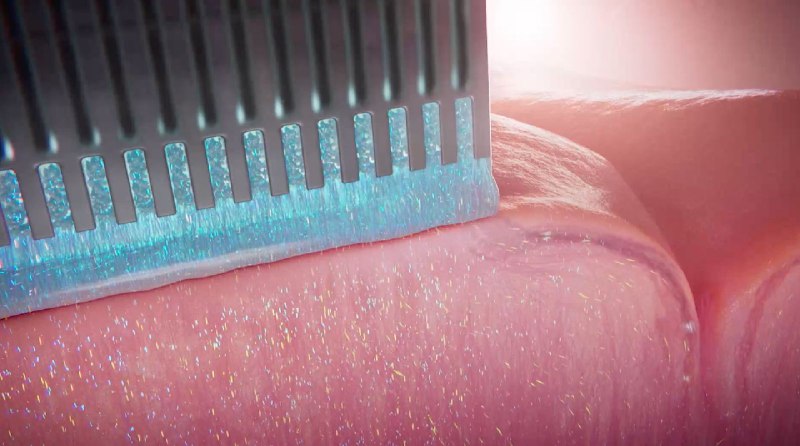group-telegram.com/neural_cell/206
Last Update:
⚡️❗️ Breaking Ground in BCI: Science (Neuralink's Competitor) Unveils Revolutionary Biohybrid Neural Technology
Science, a neurotechnology company founded by former Neuralink President Max Hodak, has revealed a revolutionary approach to brain-computer interfaces (BCIs) that could fundamentally transform how we interact with the human brain.
Unlike traditional BCIs, including those developed by Neuralink, Science's innovative biohybrid approach utilizes living neurons instead of conventional electrodes.
The company has developed a unique technology where specially engineered neurons, derived from stem cells, are integrated with electronics before being implanted into the brain. The key innovation lies in keeping the neuron cell bodies within the device while allowing their axons and dendrites to naturally grow into the brain tissue, forming new connections with existing neurons.
This breakthrough approach offers several revolutionary advantages:
1. Natural Integration:
- A single implant of one million neurons can create over a billion synaptic connections
- The device occupies less than a cubic millimeter
- Forms genuine chemical synapses with brain cells
2. Versatility:
- Capability to use various neuron types (dopaminergic, cholinergic, glutamatergic)
- Ability to stimulate the brain using natural neurotransmitters
- Superior signal quality with lower power consumption
3. Scalability Potential:
- Technology can be scaled to millions of neurons
- Theoretical bandwidth comparable to the corpus callosum (the structure connecting brain hemispheres)
The development team is addressing several technical challenges:
1. Immunological Compatibility:
- Need to create immune-invisible cells
- Current personalized cell creation process is costly ($1M+) and time-consuming (months)
2. Cell Viability:
- Neurons must survive glycemic shock
- Protection from hypoxia is essential
- Proper glial support required
- Cells must mature within an active electronic device
Science has already published their first paper demonstrating this technology's capabilities.
While their biohybrid approach is still in early development, its potential is immense. It could solve the fundamental limitations of traditional BCIs - brain tissue damage during electrode implantation and limited long-term stability.
This development represents a significant departure from conventional BCI approaches, including those of Neuralink and other competitors. While Neuralink has focused on developing advanced electrode arrays, Science's biohybrid approach could potentially offer a more natural and sustainable solution for brain-computer integration.
The implications of this breakthrough extend beyond just technological advancement. It opens new possibilities for treating neurological conditions, restoring lost brain functions, and creating more natural brain-computer interfaces. If the technical challenges can be overcome, this technology could form the foundation for the next generation of neuroprosthetics and therapeutic devices.
This innovation underscores the rapid advancement in neurotechnology, with companies like Science and Neuralink pushing the boundaries of what's possible in brain-computer interfacing. The competition between these companies, led by visionary entrepreneurs like Max Hodak, continues to drive innovation in this crucial field, potentially bringing us closer to a future where seamless brain-computer integration becomes a reality.
Science's approach represents not just an incremental improvement but a paradigm shift in how we think about brain-computer interfaces, potentially offering a more biocompatible and sustainable solution for long-term neural interfacing.
BY the last neural cell

Share with your friend now:
group-telegram.com/neural_cell/206
